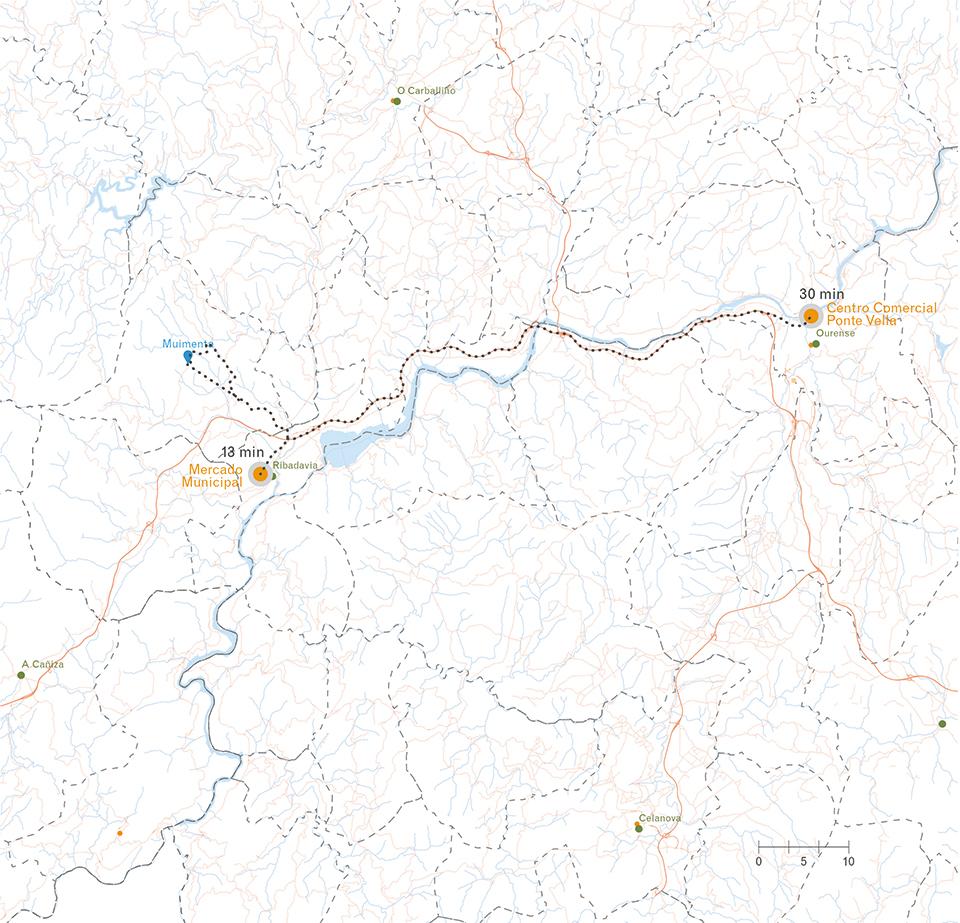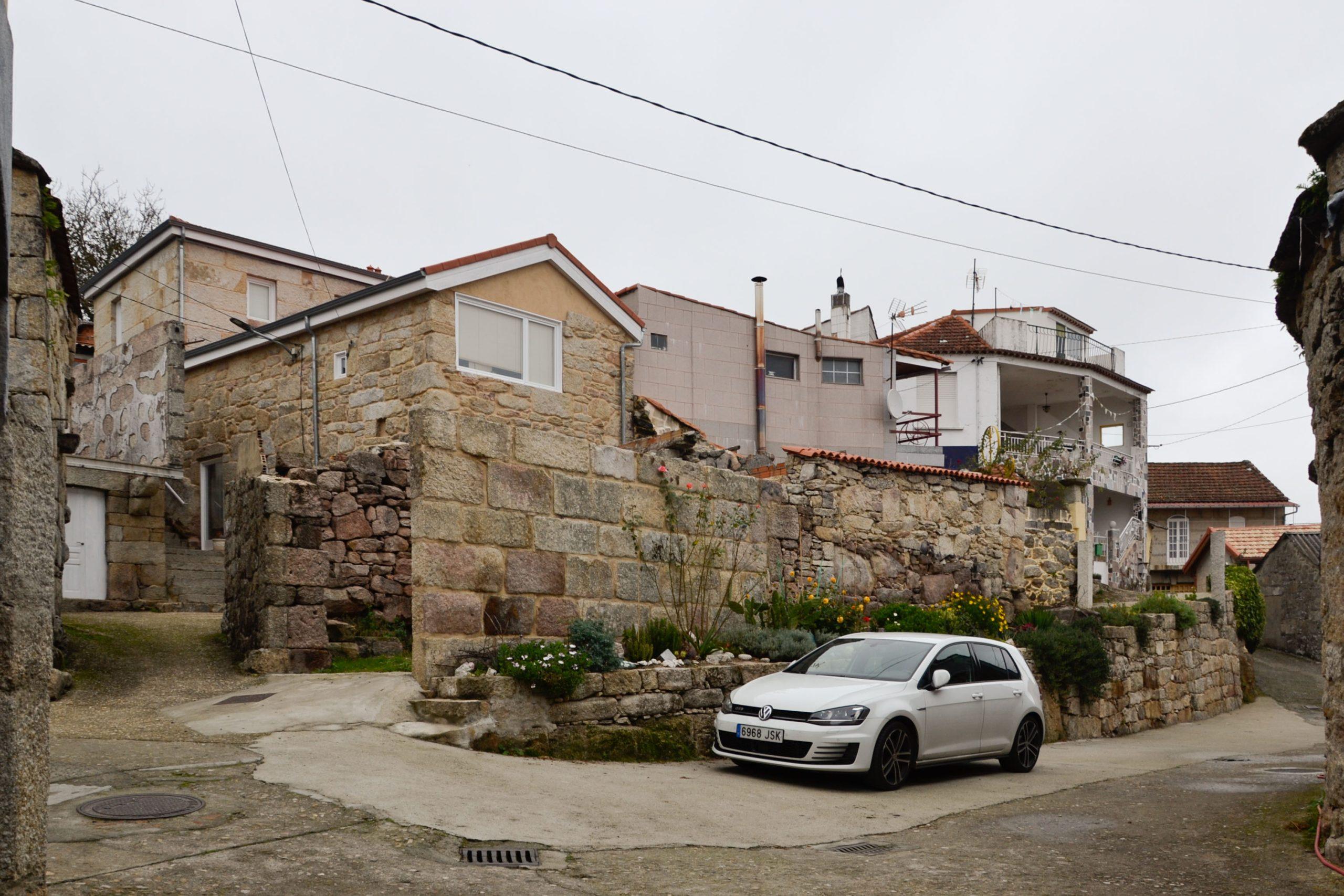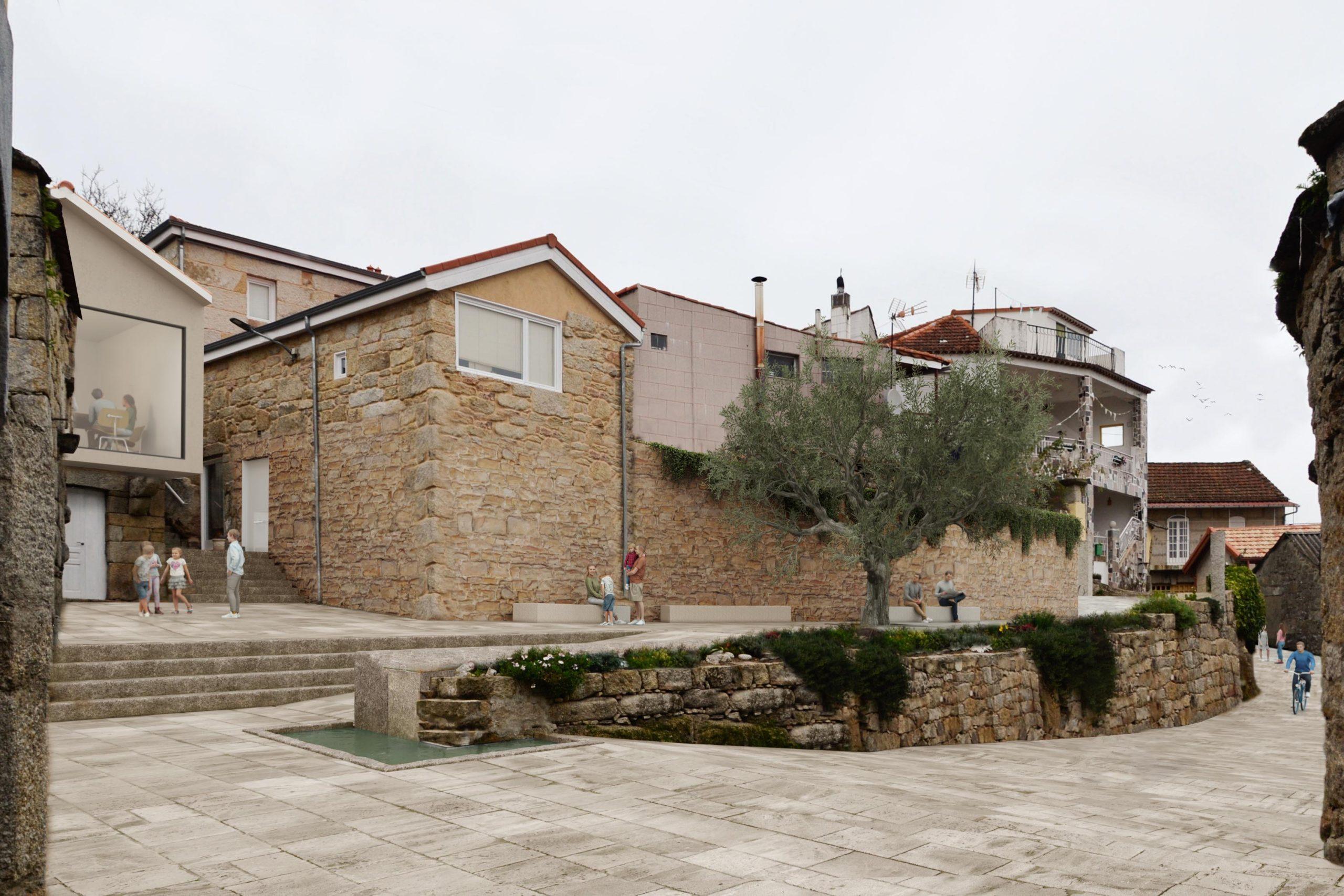Model Villages (I): Preliminary study for the village of Muimenta
The model village is a legislative instrument that seeks the activation of a village in a situation of abandonment through demographic recovery and improvement of the quality of life of the nucleus itself, in addition to the economic activity of the adjacent land, formerly used for agriculture, livestock and forestry.

The model village is a legislative instrument that seeks the activation of a village in a situation of abandonment through demographic recovery and improvement of the quality of life of the nucleus itself, in addition to the economic activity of the adjacent land, formerly of agricultural, livestock and forestry use. The model villages are included in Law 11/2021, of May 14, on the recovery of agricultural land in Galicia, although its first legislative appearance was in the law that precedes it: Law 6/2011, of October 13, on land mobility. The declaration of a model village, according to current regulations, will be motivated by the local administration concerned and approved by the governing council of the Axencia Galega de Desenvolvemento Rural (AGADER). The potential model village must justify a serious situation of abandonment in at least half of the area, the existence of favorable productive characteristics of the land included and the willingness to become a model village of the inhabitants themselves. The objective of the model villages is to reactivate the productive lands and to rehabilitate, through revitalization plans, the nuclei of the villages in order to fix population, attract new residents and promote economic initiatives based on local values.
In 2017, the municipality of Carballeda de Avia, suffered a fire that razed 70% of its surface. This precipitates the inclusion of one of its villages hit by the fire, Muimenta, in the Model Villages strategy with the intention of combating the depopulation of its nucleus and the abandonment of its productive lands, partly a reason for the scope of the 2017 fire.
Year
2022
Promoter
Xuntade Galicia - Axencia Galega de Desenvolvemento Rural
Fundación RIA
Location
Carballeda de Avia, Ourense
Team and collaborators
Fundación RIA
The profound transformations of lifestyles in rural areas, closely linked to local scale productive systems, have relegated villages from their role as organizers of the territory. This destructuring of the Galician territory together with the dynamics of global deagrarianization has manifested itself in loss of population, deterioration of rural buildings, abandonment of land and disappearance of local knowledge. As a result, forest fires are coming closer and closer to rural population centers.
Studies prior to the revitalization plan
Within the framework of Aldeas Modelo, the revitalization plan for the village of Muimenta is being developed. The revitalization plan includes the creation of a strategic vision for the village and the definition of guidelines and criteria for rehabilitation actions and the provision of services.
The revitalization plan takes into account factors such as the state of the building and public space, accessibility to facilities and services, and other social and economic indicators.
It is essential that the model village experience is perceived positively by the local population and that it represents an opportunity to improve their quality of life and guarantee their future in the village. To this end, the process must include them in the decision-making process and the first actions must address their priority needs.
It is considered advisable to establish several levels of priority for the development of the actions. In the first place, we can identify seed projects, i.e., those projects that will serve as a sample of the different strategies that make up the project. These must represent a substantial improvement, generate attractiveness and acceptance, as well as set standards of quality and integration with the environment. Afterwards, the rest of the complementary actions will be carried out to expand and replicate the impact of the project.
Principles for the recovery of identity
The strategy is based on the restitution of elements, techniques and social dynamics based on local knowledge, memory and traditions. Heritage buildings and annexed elements such as fountains, granaries or crosses are protected and recovered, using traditional construction systems such as wooden carpentry, tile roofs, slab enclosures or cobblestone, tiled or "xabre" paving. Native flora is also promoted and the public space is integrated with the natural and productive environment.
Principles for the recovery of public space
The strategy conceives the public space as a safe place for the elderly and a playground for children, thus avoiding traffic in the center of the core and moving parking to its perimeter. Meeting places are recovered and created as atriums or "eiras". Barriers are eliminated, the public space is conditioned with traditional techniques, and dissonant elements such as power lines are removed.
Principles for economic and social activation
The reactivation strategies must pay special attention to the people who still live in the nucleus, in order to cover their needs and foster their social relationships. The attraction of new inhabitants will be encouraged through incentives in the access to housing, the provision of co-working spaces and infrastructures and services to support agricultural and livestock activity.
Principles for sustainability
The sustainability principles address three main areas: mobility, energy and waste. In terms of mobility, traffic will be removed from the core, providing park-and-ride lots, and public transportation to nearby towns will be promoted. Renewable energy, solar and biomass, will be promoted in all rehabilitations and effective waste selection and composting of organic waste will be implemented.
The delimitation of the area to be rehabilitated is the result of the sum of the network of streets and spaces outside the nucleus that could be improved, the set of buildings that require rehabilitation and activation (putting into use) and the areas of potential development and recovery located on the perimeter of the nucleus. Once the strategic framework and the complete set of actions have been defined, the interventions of special interest are detailed, which include several of the strategic actions proposed above. Although smaller in scale, they are landmarks of public space, pillars of the recovery of the sense of place and identity and exemplify a second order of interventions that should also be carried out.

Analysis of day-to-day village services.


Recovery of common spaces through urbanization projects.


Creation of new common spaces in specific locations with ruins.



